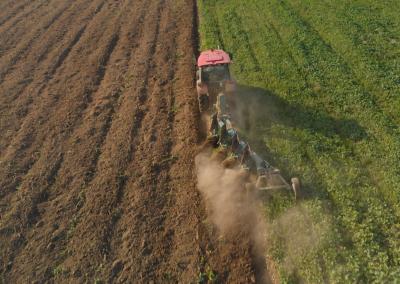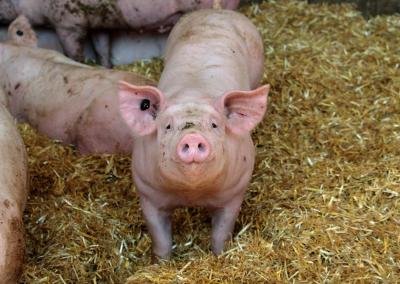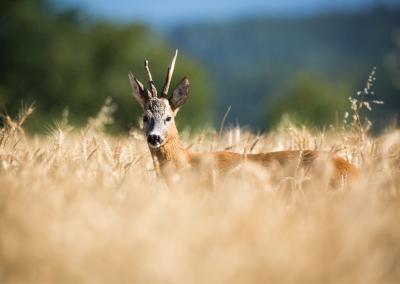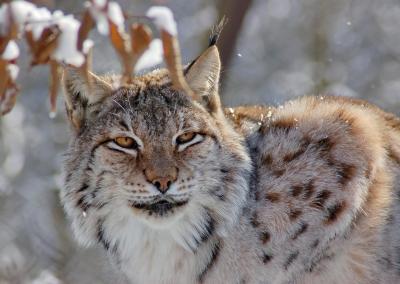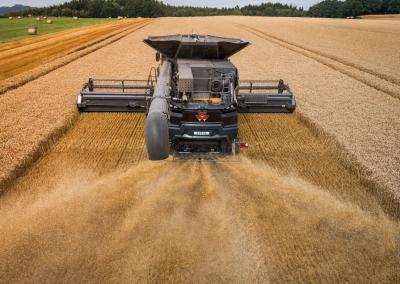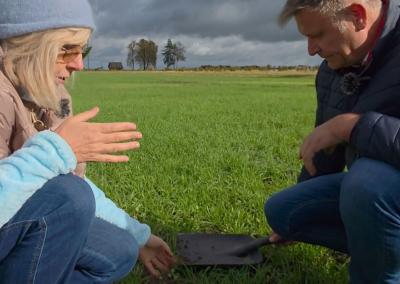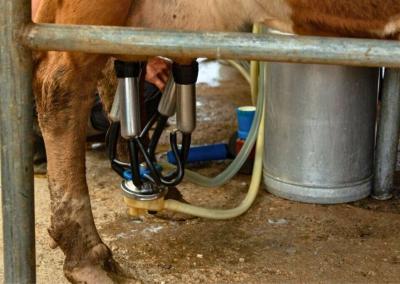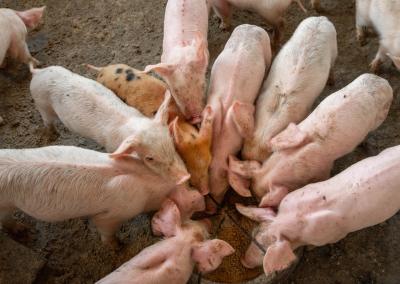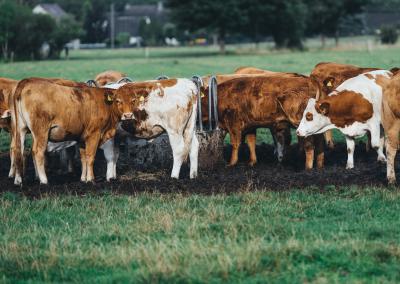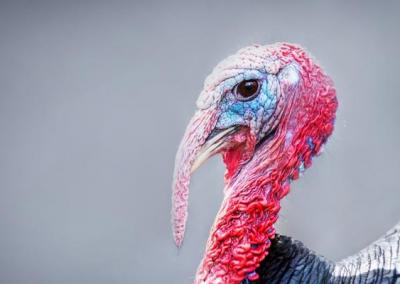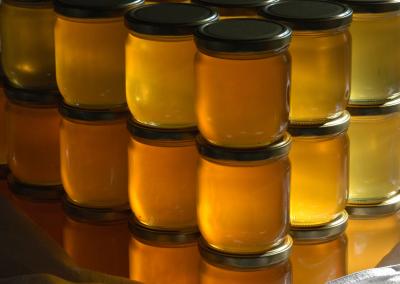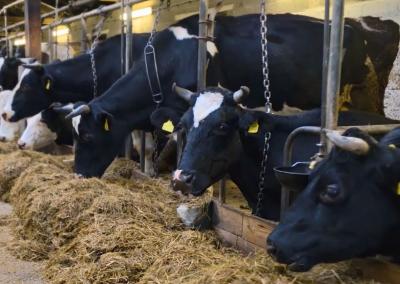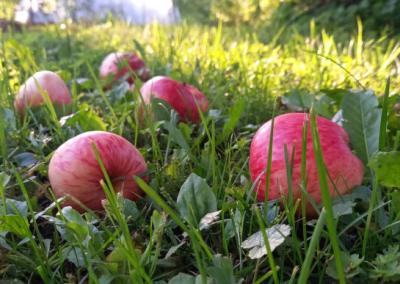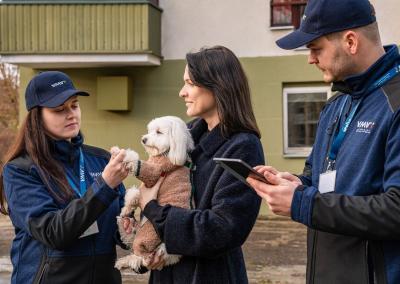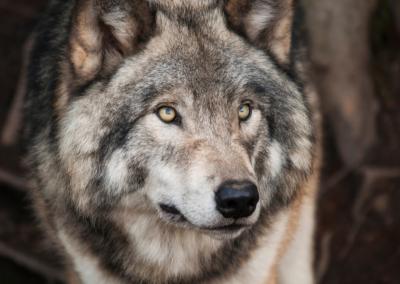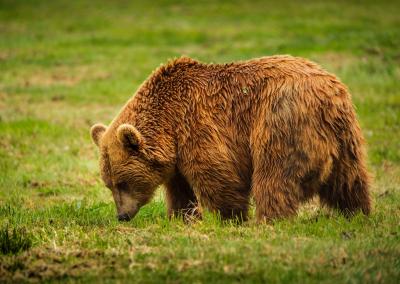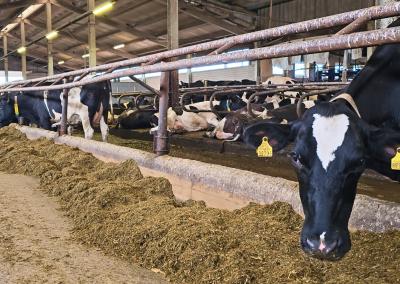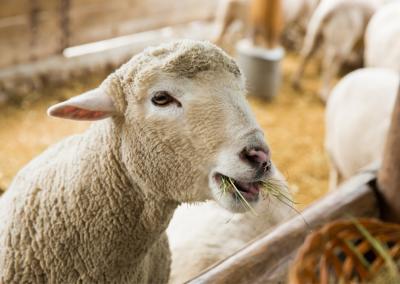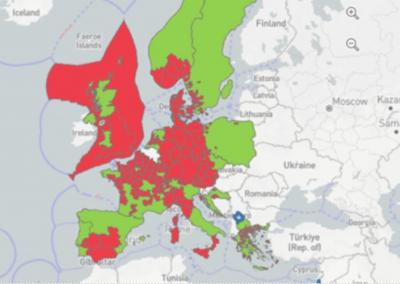Following the confirmation of bluetongue in Poland, the VMVT urges compliance with biosecurity requirements
Polish authorities have reported the first outbreak of blue tongue in the south of the country. The disease was detected during bluetongue surveillance on a 31-cattle holding. The disease used to be widespread in the southern countries of the European Union, but the increase in bluetongue outbreaks and the northward shift of its geography is worrying for veterinarians and livestock farmers. The Czech Republic, Denmark, Germany, Luxembourg, Sweden, Norway, the Czech Republic, Denmark, Germany, Luxembourg and Norway reported outbreaks of bluetongue for the first time this year.
When the disease is detected, the biggest losses are due to reduced livestock productivity, as well as restrictions on trade and export of animals.
Although the disease has not yet been detected in Lithuania, the risk of transmission remains high, especially after a disease outbreak in a neighbouring country.
„This is very worrying news as the disease is heading towards Lithuania. It is transmitted by insects, which are also found in Lithuania, so this is one of the possible routes for the disease to enter the country. When animals are transported between Member States, their competent authorities provide animal health guarantees, so the chances of the virus entering Lithuania with potentially infected animals are not high. We have had suspicions of this disease, but no positive cases have been detected. Farmers are urged to remain vigilant; although animal mortality is not high, the economic losses would be significant due to the significant reduction in productivity and the application of trade restrictions. Once the disease is detected, non-EU countries impose the most stringent restrictions – a ban on the entry of livestock. Lithuania currently has the status of a bluetongue-free country. In case of suspicion, we warn you to inform the VMVT or your veterinarian immediately," reminded Chief Veterinarian Vaidotas Kiudulas.
Blue tongue disease – is a viral disease of domestic and wild ruminants spread by insects. Sheep, cattle, goats, deer, camels and llamas are the most commonly infected. Sheep are the most severe form of the disease. Although cattle are more commonly infected, they do not always show clinical signs of the disease.
VMVT experts warn that the main clinical signs of bluetongue in animals may be fever, thick discharge from the eyes and nose, drooling due to swelling and ulceration of the mouth and swelling of the neck and head, especially around the eyes and muzzle. Animals may start to limp violently, have difficulty getting up, bruising on and under the skin, swollen and painful skin, labored breathing, listlessness. One of the hallmarks – a bluish tongue.
Blue tongue disease is not dangerous to humans and is not transmissible between animals, but it can be spread by trade – infected livestock are airborne and can also be carried by wind or vehicles (trucks, planes, etc.). Other species of blue tongue have now been identified as spreading blue tongue disease and have adapted to breed in the northern part of Europe as well as in the southern part of Europe.
The main recommendation to farmers is to comply with the requirements of biosecurity measures, in particular to take care to eradicate insects, the main vectors of the disease.


